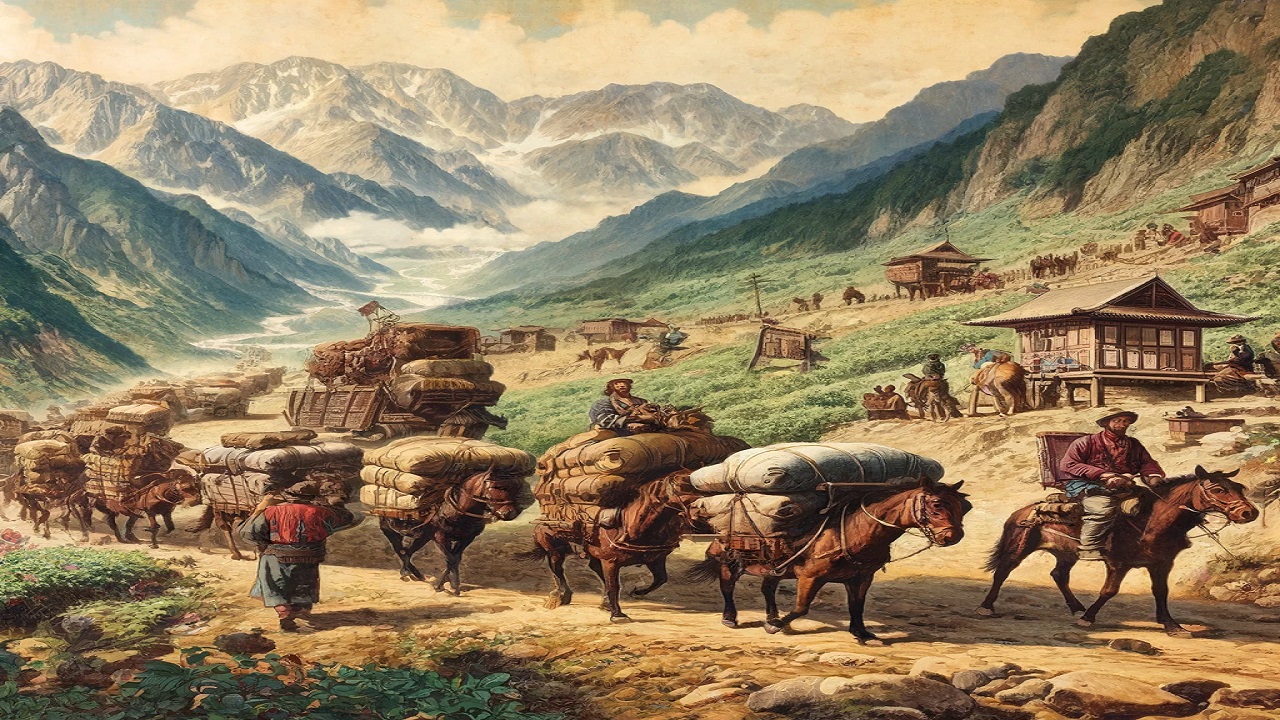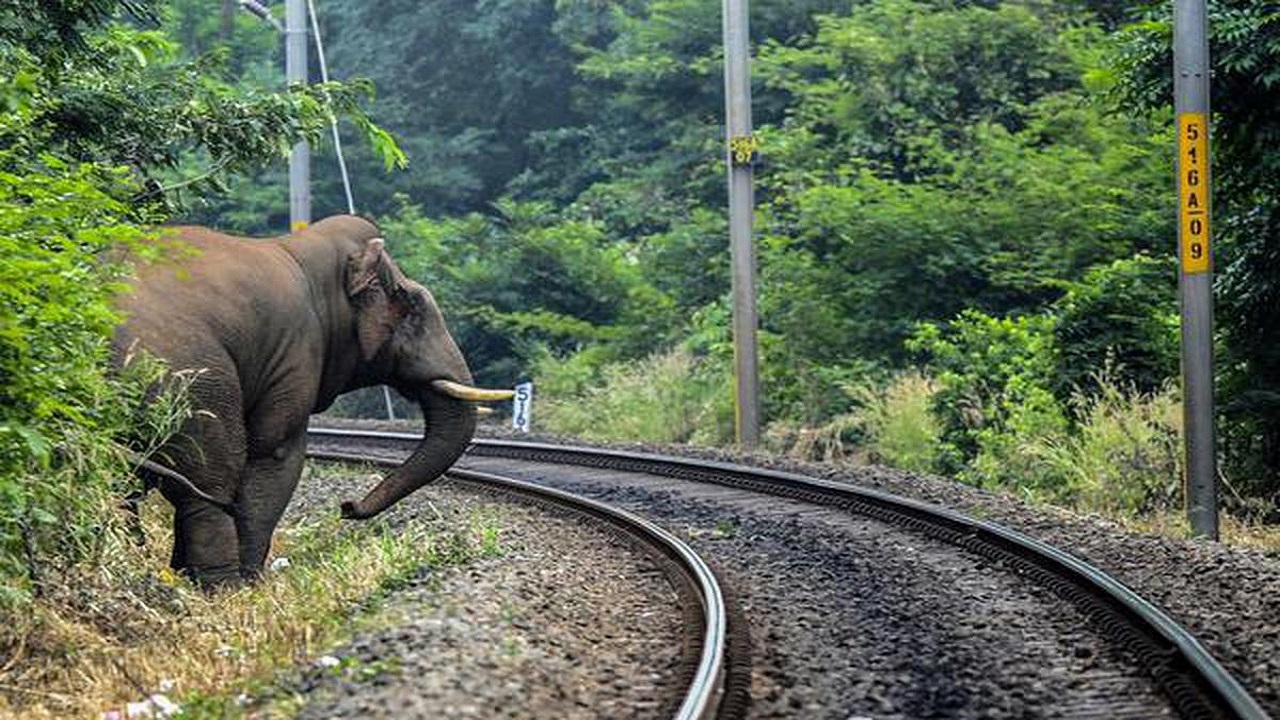Tea Horse Road: A Historic Trade Route Connecting China, Tibet, and India
Context
The Tea Horse Road was an ancient trade route that played a crucial role in connecting China, Tibet, and India for centuries.
- Spanning over 2,000 km, it facilitated the exchange of tea, horses, gold, medicinal herbs, and textiles.
- While Tibet relied on tea, China needed Tibetan horses for military purposes.
- Beyond trade, it enabled cultural exchanges, spreading Buddhism, art, and trade practices.
- Recently, China’s Ambassador to India, Xu Feihong, highlighted its historical significance, renewing interest in this ancient link.
Origins and Trade Growth
- The route emerged during the Tang Dynasty (618-907 CE) and expanded under the Song Dynasty (960-1279 CE), when the tea-horse trade became formalized.
- The Buddhist monk Yijing (635-713 CE) recorded early trade exchanges involving sugar, textiles, and rice noodles from China and horses, gold, and saffron from Tibet.
A Difficult but Vital Trade Network
The Tea Horse Road was not a single path but a vast network of mountainous routes linking Southwest China, Tibet, and the Indian subcontinent.
Key Features of the Route:
- Length: Over 2,000 km
- Major Cities: Dali, Lijiang (Yunnan), Lhasa (Tibet)
- Elevation: Up to 10,000 feet in the Himalayas
- Challenges: Harsh terrain, extreme weather, and altitude sickness
Despite the risks, traders transported tea to Tibet and India, returning with horses and essential goods.
Tea and Horses – The Core of Trade
- Tea in Tibet: Essential for Tibetan nomads, especially in the form of yak butter tea, providing energy in cold climates.
- Horses for China: Tibetan horses were strong and adapted to high altitudes, making them crucial for China’s military.
- Regulated Trade: The Song Dynasty established official markets to regulate the tea-horse exchange.
The Road’s Role in Modern History
20th Century Expansion
- The fall of the Qing Dynasty (1912) led to the expansion of Yunnan’s tea industry and increased global trade.
World War II and Strategic Importance
- When Japan occupied China’s coastal regions, the Tea Horse Road became an alternative supply route for military goods and essential supplies.
Decline After 1949
- After the People’s Republic of China was founded (1949), modern transportation replaced the route, leading to its decline.
- However, places like Lijiang were preserved, with the city being recognized as a UNESCO World Heritage Site (1997).
Revival as a Cultural Landmark
- China is now promoting the Tea Horse Road as a historical and cultural heritage route.
- Lijiang, once a major trade hub, now attracts global tourists, showcasing the region’s rich trading history.
Conclusion
The Tea Horse Road was not just a trade route but a lifeline that linked China, Tibet, and India, fostering economic, cultural, and diplomatic exchanges. Though its commercial significance has faded, efforts to preserve its history through tourism and research highlight its enduring legacy and the deep historical ties between India and China.


.png)
.jpg)
Comments (0)